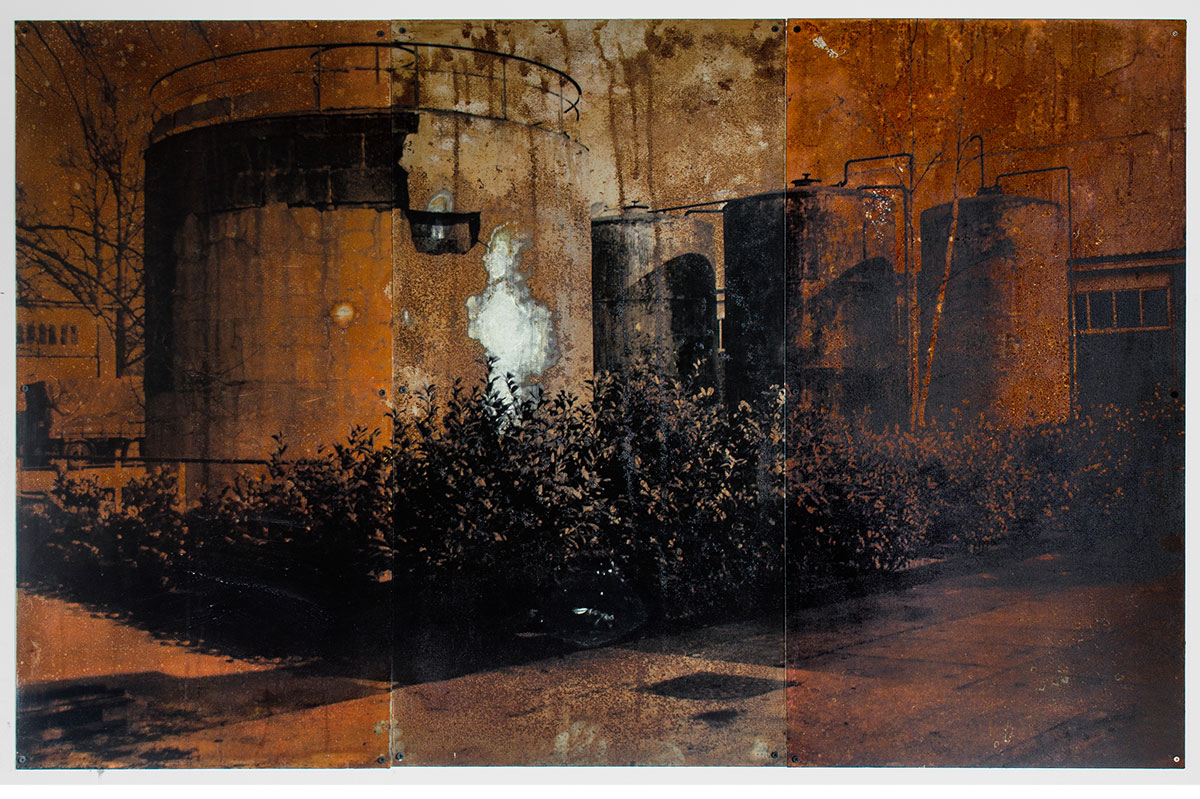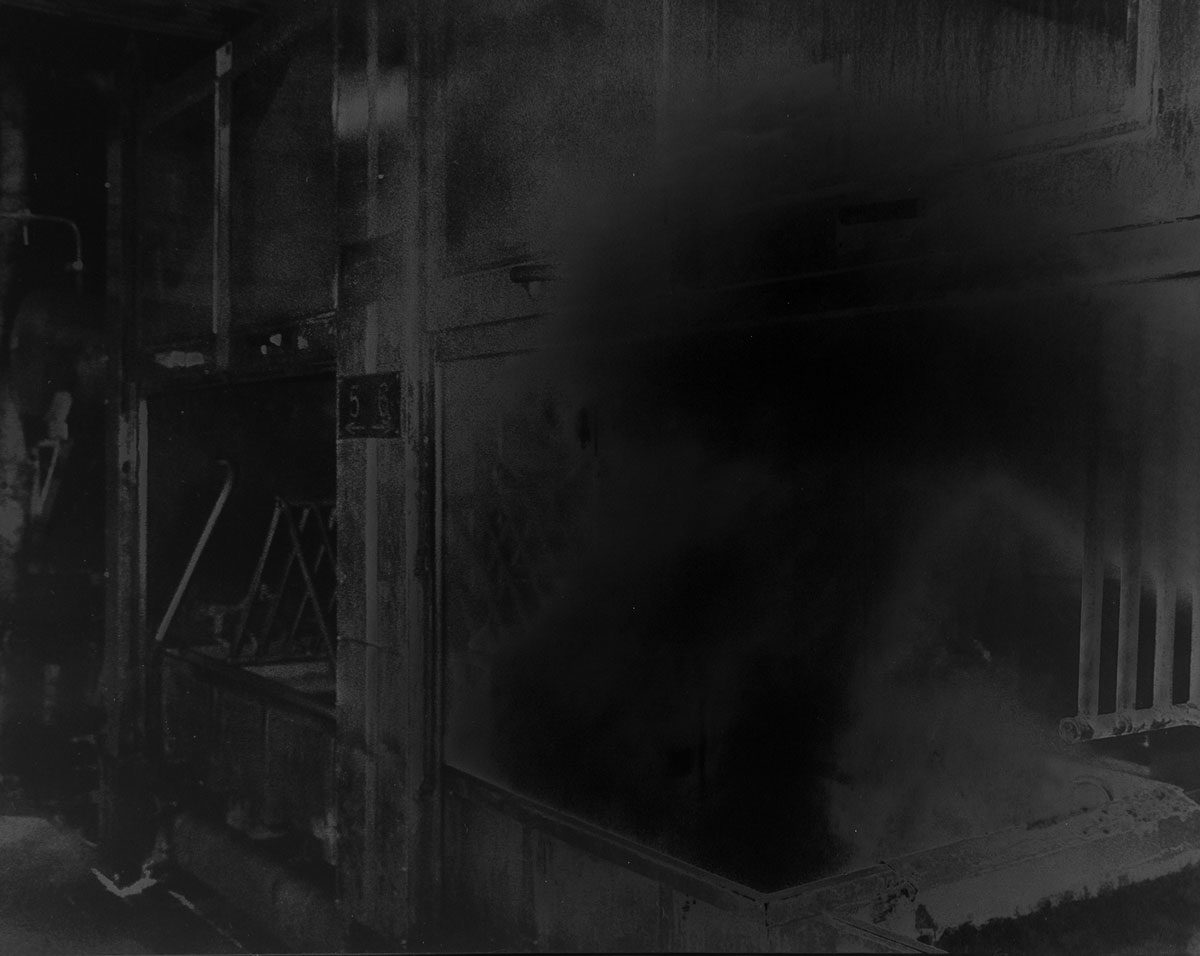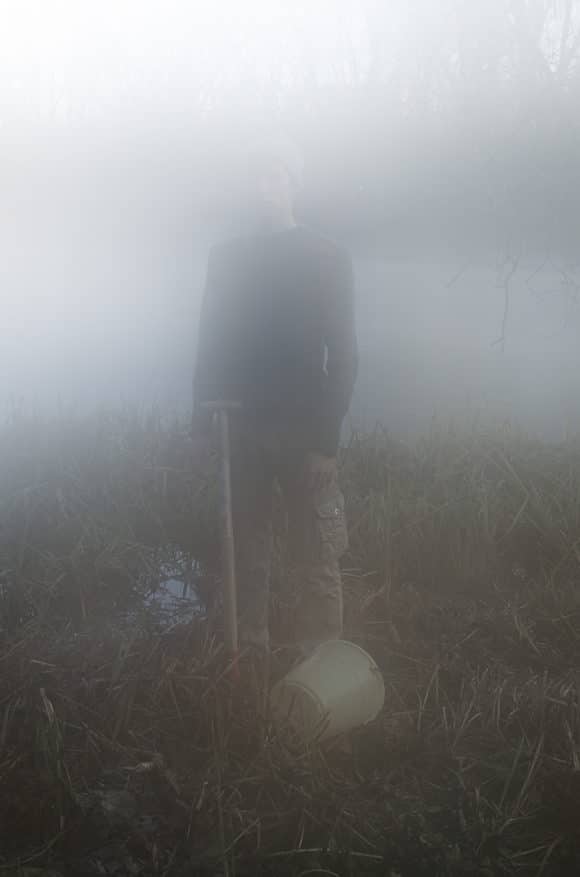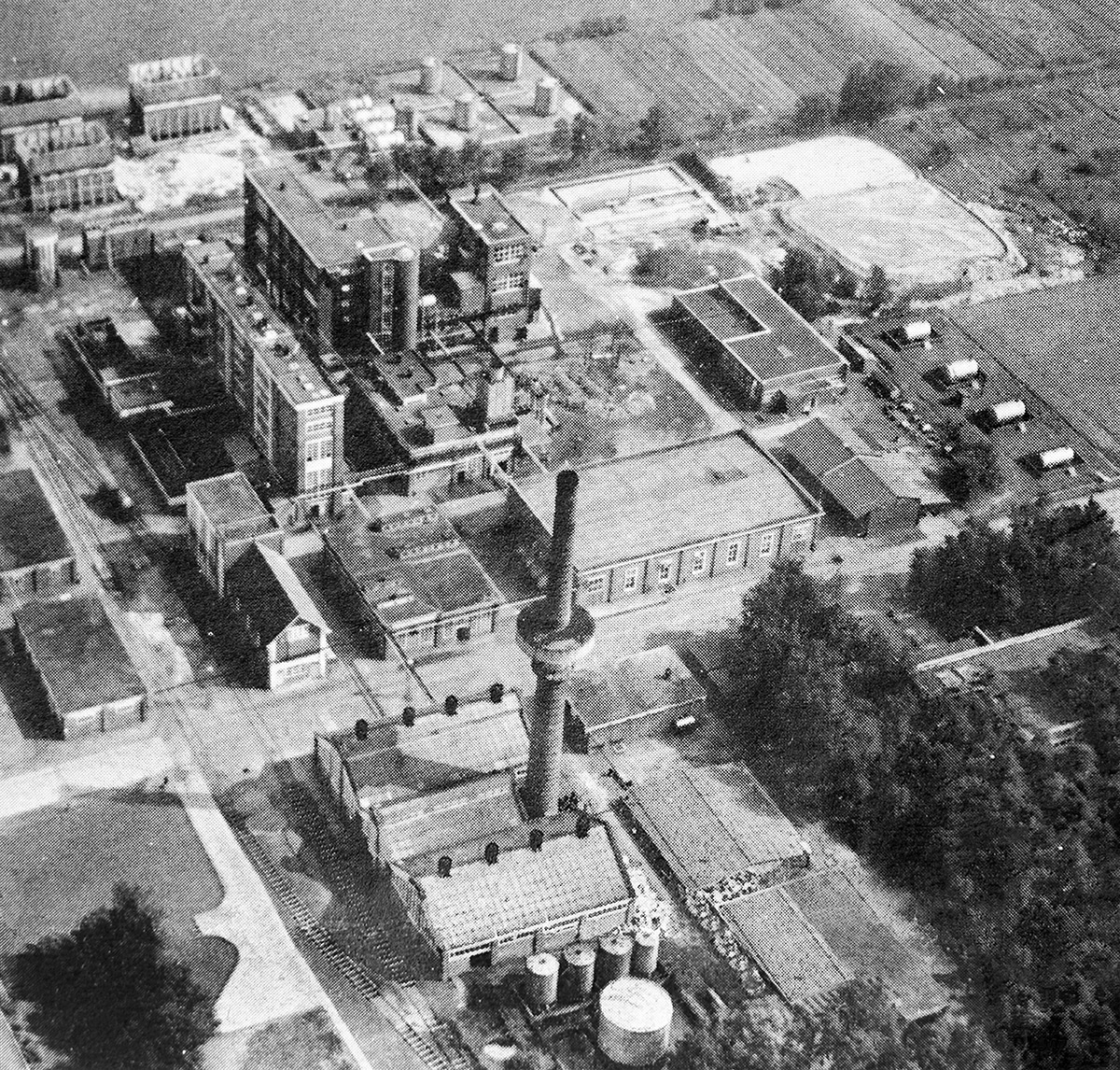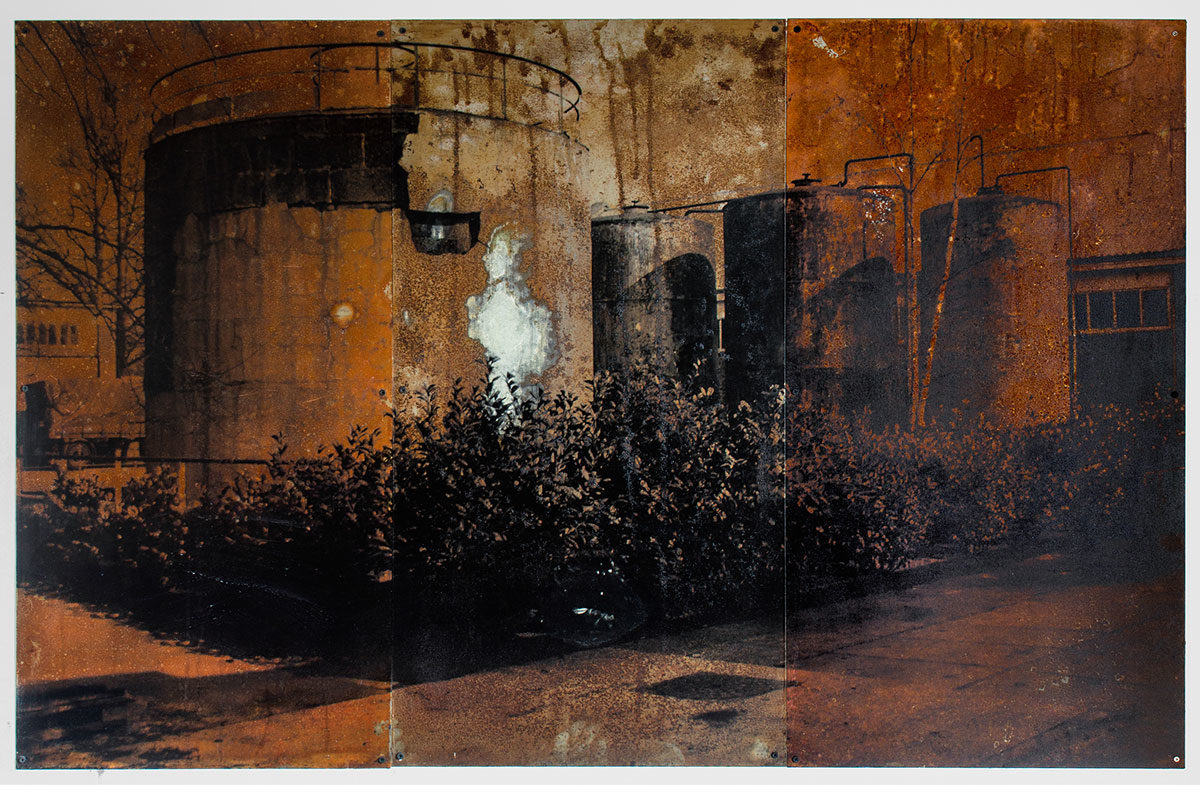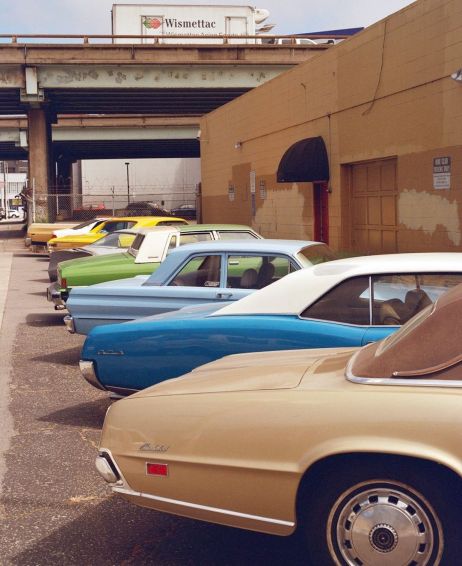With Zilverbeek (Silver creek), Lucas Leffler explores the myth of a worker who made his wealth from the mud that lined the bottom of a river. Inside was the silver disposed of by a photographic film factory. A story halfway between archives and tales, research and performance, matter and abstraction. Interview.
Fisheye: Can you introduce yourself?
My name is Lucas Leffler, and I’m a visual artist and photographer. I live and work in Brussels. I discovered photography during my studies in communication at the IHECS (Institut des Hautes Etudes des Communications Sociales), in Brussels, Belgium. I liked it so much that I decided to quit my studies to concentrate on photography and video.
How would you describe your artistic approach?
I don’t have a fixed style, technique, or a favourite format. I do a bit of everything. In my projects, the only constant is experimentation and a fascination for the material – during the shoot, but also during the printing process. I explore the different technical possibilities of the medium by working with different processes, and I try to link the resulting works, and even the working process itself, to narratives, or to an issue. Sometimes I do staged, very clean still lifes with a digital process for instance, and sometimes abstract work in the darkroom with film. I pay a particular attention to the material. The material of the elements, organic or inorganic, its history and the symbolism it evokes.
How did the Zilverbeek (Silver Creek) series come about?
In 2017, I started a research project around the Belgian factory Agfa-Gevaert, in Antwerp. I was working quite extensively on the film photography industry, I was interested in its evolution with the development of digital. I had photographed the Ilford factory near Manchester. And it was in the archives of the Belgian Agfa-Gevaert factory that I discovered the curious articles about the silver stream.
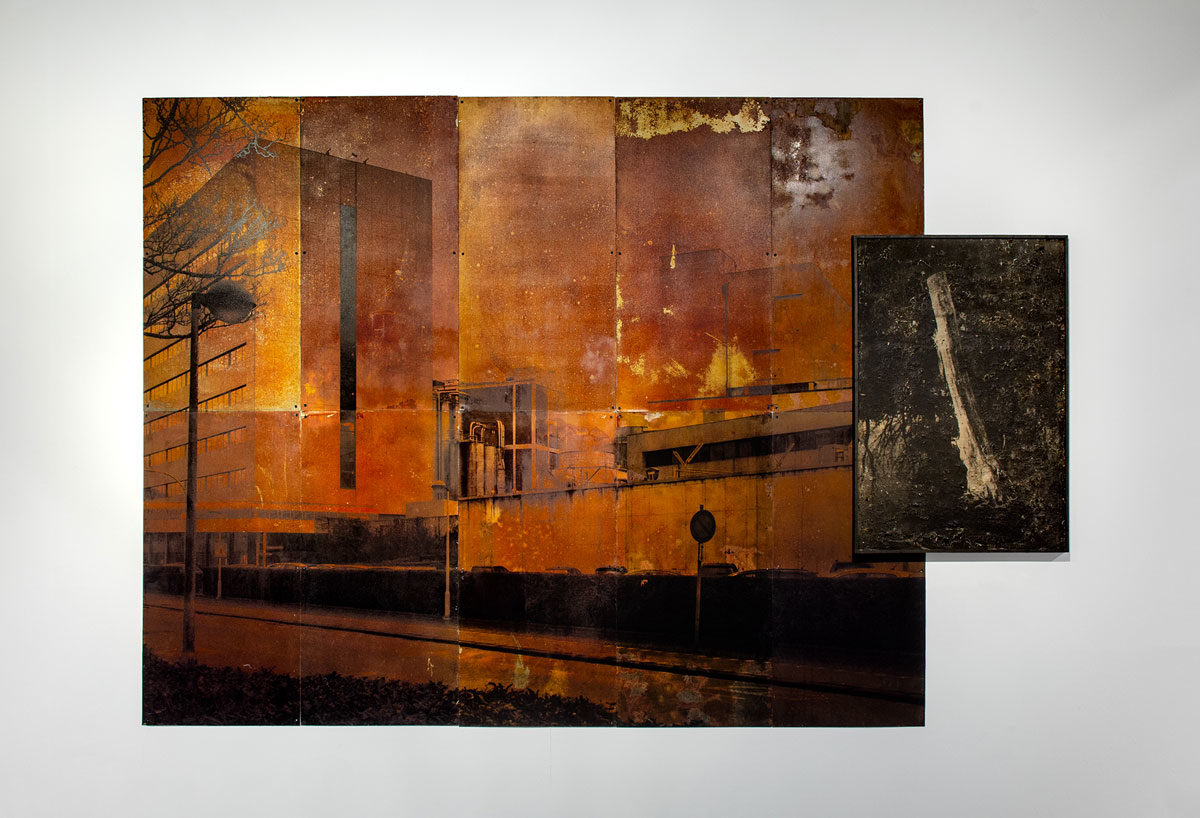
Can you tell us this story?
Between the 1920s and 1950s, the Agfa-Gevaert factory accidentally dumped tons of silver into a stream. It was the waste product of its photographic film production. The sludge in the stream was coloured black by the silver, which earned it the name Zwarte gracht (the black gutter) or Zilverbeek (the silver stream). Then, in 1927, the myth began. A toolmaker at the factory realised how much money was being lost every day. So he secretly invented a system to collect the silver from the sludge in the stream. After draining it, he transported the dried sludge to a local metallurgical plant to extract it. He could recover around half a ton of silver a year, which was much more than his salary at the factory. He continued this little business for about 30 years. But from the 1950s onwards, the factory installed several treatment plants and was therefore able to recover the silver contained in this water before discharging it. So there is no more silver in the sludge in the stream. In addition, Agfa-Gevaert hardly produces silver emulsions any more. With the advent of digital technology, it has now switched to the medical imaging and printing industry.
By repeating this process of extracting silver, would you consider your work as a performance?
I have never actually extracted any silver from this mud as there has been none for 50 years. On the other hand, there is a performative dimension to this work, in the sense that I am revisiting a past history that I am trying to reactivate through investigation and staging. Below I quote Yuna Mathieu-Chovet, founder of the artist-run space Plagiarama in Brussels, who brilliantly describes this performative practice of ‘re-enactment’ that questions history and its writing: ‘It is neither a question of re-doing history nor of repeating it, but rather of re-enacting for the present events or experiments that have been minoritised, sometimes ignored by history. According to her, I participated in the “contemporary principle of historical re-evaluation, in the sense of questioning the values that underlie it”.
Historical reconstruction or a poetic tale?
The project flirts a little with both. This story interested me first of all because of the veracity of the facts. It is because this fabulous story really happened that I researched it. But I tried to reinterpret these facts by fictionalising them. By putting myself in the scene near the stream, as if I was that toolmaker. This reinterpretation then took the form of darkroom experiments.
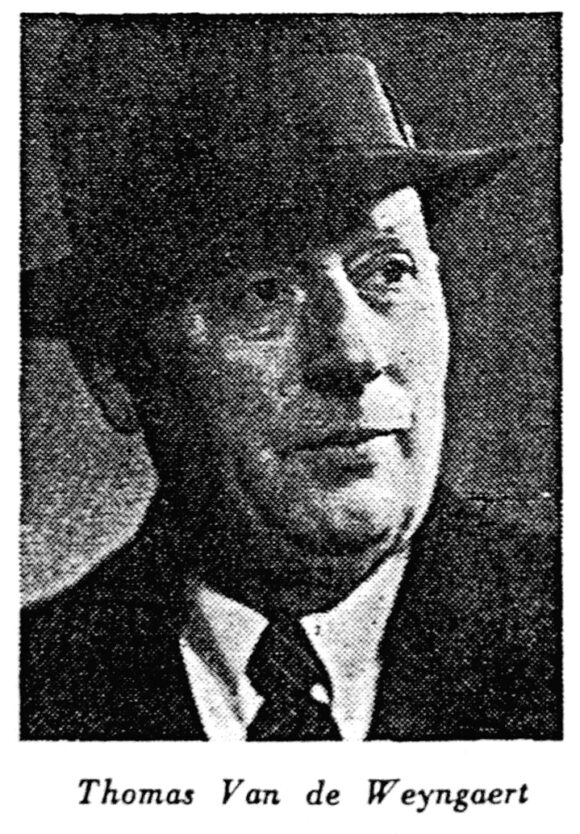

Can you tell us a little bit about these experiments?
I have developed a technique of silver printing using this sludge as a raw material. The silver salts thus regain their photographic properties – that is, the ability to make an image appear through their photosensitivity to light. The idea is to mix the sludge that I collect in the stream with silver products to obtain a photosensitive material. I then apply this mixture to paper supports and print my negatives on them in the darkroom. I was recently invited by the English website Alternative processes to describe this very personal technique that I have been developing over the last few years.
I also work a lot on steel sheets. It’s a metal that oxidises quickly if it’s not treated, and it evokes the industrial context of this story. I oxidise these sheets and print images of the factory on the surface using digital or silver processes. This gives a more monumental and industrial form to my installations.
In what way the notion of the archive is central here?
The project started with industrial documents that I was confronted with in the factory. At the time, I was very interested in various photographic works made around industrial archives, such as Larry Sultan and Mike Mandel’s book Evidence. Many consider it one of the first photographic projects based entirely on an appropriation of archives. More recently there is also the work Wolfgang by David Fati. In Zilverbeek, (Silver Creek) I use these annals for their documentary value. They provide information about what a photographic industry was like at the time. Recently I have started a process of reinterpreting them to make something else. I transfer the images onto film which I then print in the darkroom, solarising them during development. There is an effect of chemical disappearance of the image which corresponds to the subject – that is to say the obsolescence of a technique and its industry.
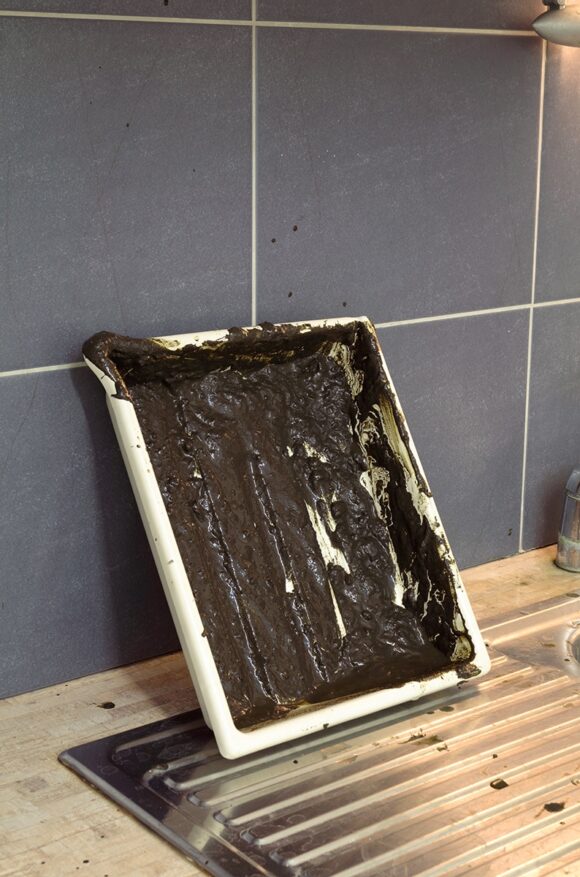
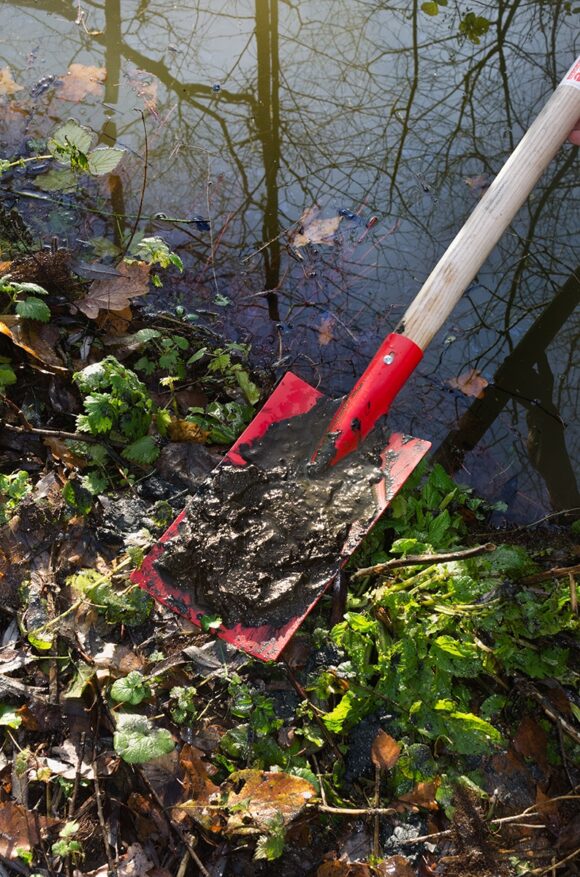
Can you tell us about your relationship with materiality in this project?
As part of this research, I started experimenting early on with various chemical processes to alter my negatives. I used ammonium persulphate to darken the dense parts of the emulsion while keeping information in the light areas. I am fascinated by matter, and by materials. In conventional photography, the material is quite limited to paper. For this project, I found it more appropriate to include the mud of the stream in the resulting images. When I think of mud that was once rich in silver, I imagine a mixture that can be used to make a photographic image appear. Of course this is a technical simplification, it could not have been possible even in the days when the mud was polluted.
Ultimately, what issues does this project raise?
I get asked a lot about the ecological issues involved in this project. This is important, but the issue that speaks to me the most is that of the materiality of the photographic image. In the words of Michel Poivert: “For a generation now, photography has been experiencing a trend towards its rematerialization as digital culture has taken hold. Many photographers are practising an archaeology of the medium, launching attempts to reconnect with nature and manual work. Photography seeks to distinguish itself from the image as a simple datum, and today proposes to refound its values around the experience. In this new mode of existence of photography, it is the very question of the image in our society that is being asked by photographers”.
Zilverbeek (Silver creek), the Eriskay Connection, 20 €, 36p.
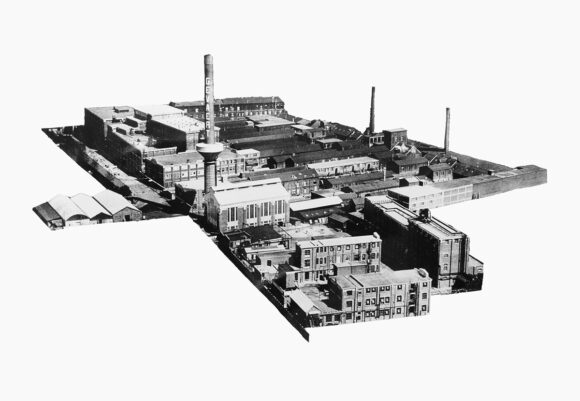
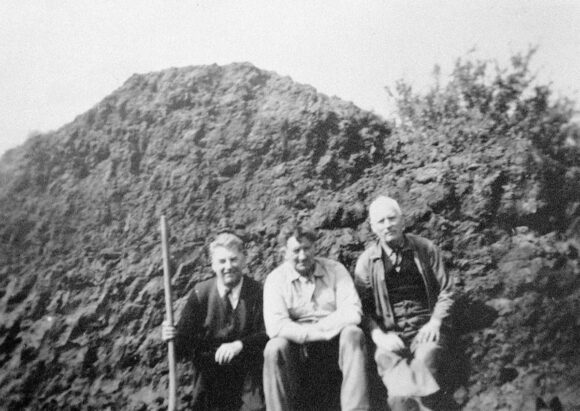

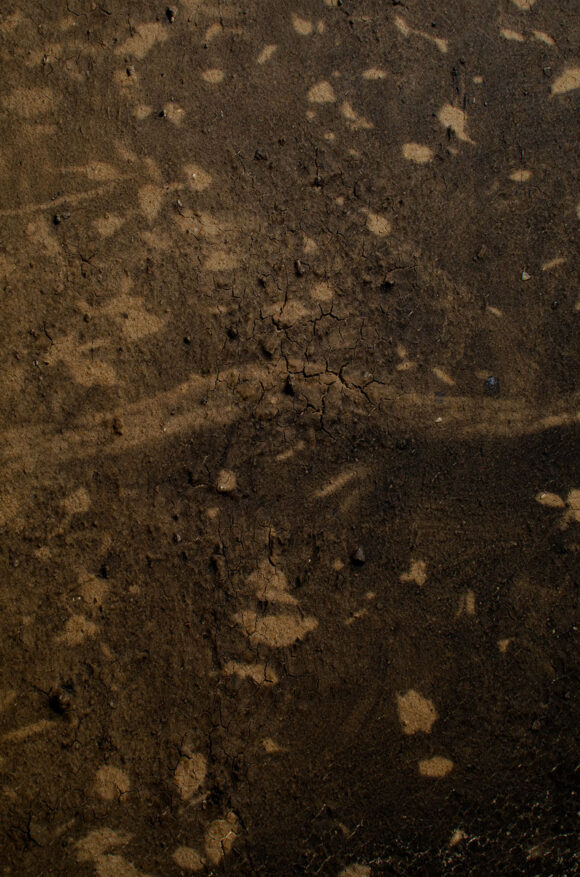


Zilverbeek (Silver creek) © Lucas Leffler
